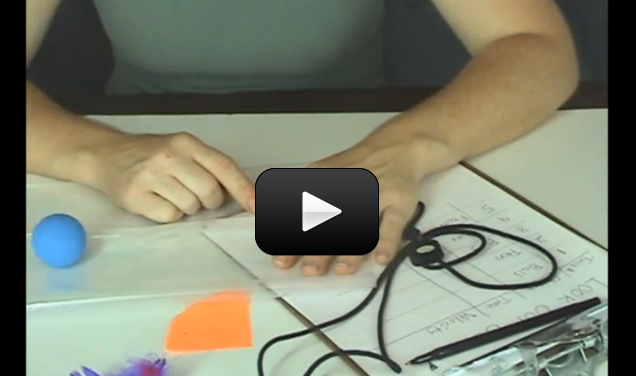If you jump out of an airplane, how fast would you fall? What’s the greatest speed you would reach? Let’s practice figuring it out without jumping out of a plane.
This experiment will help you get the concept of velocity by allowing you to measure the rate of fall of several objects. It’s also a great experiment to record in your science journal.
First, you’ll need to find your materials:
Please login or register to read the rest of this content.
Please login or register to read the rest of this content.

